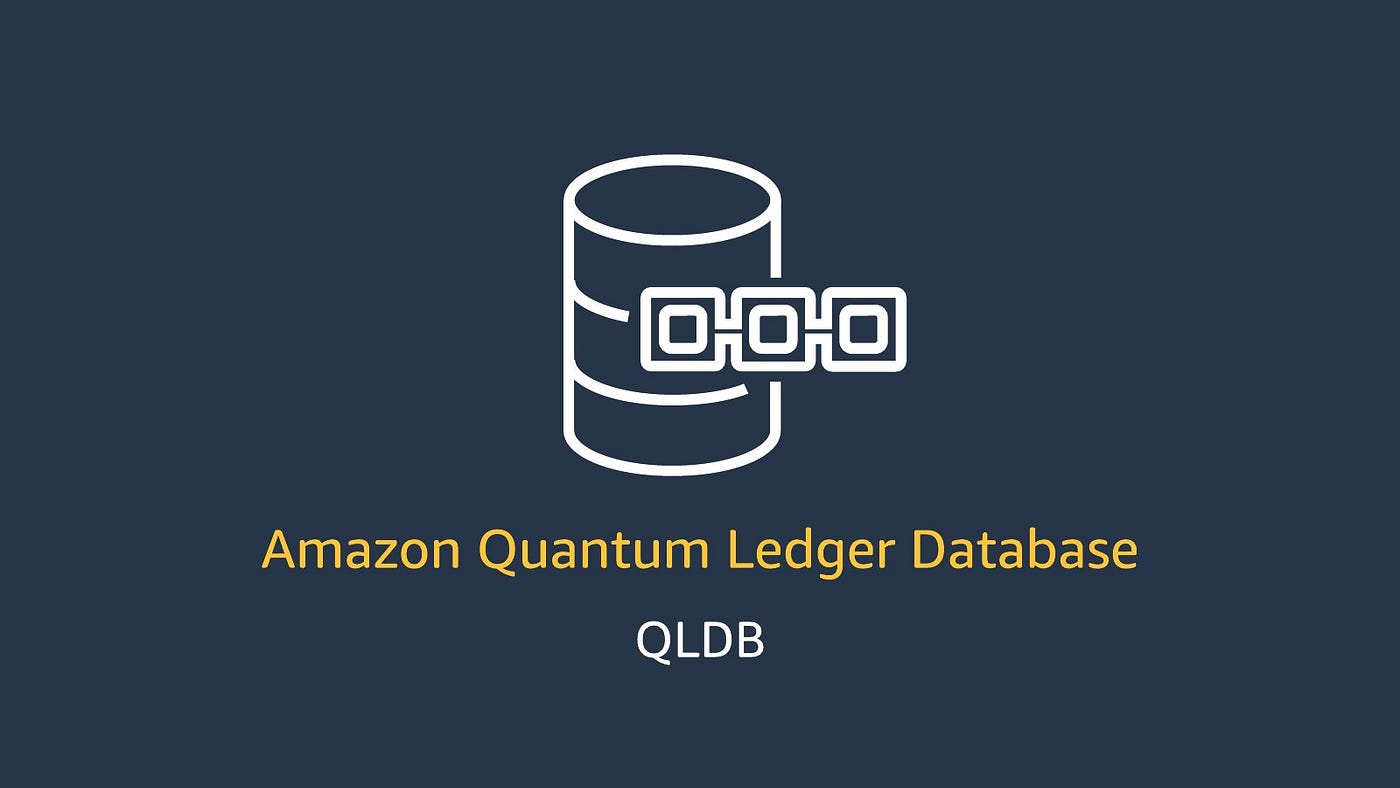A Beginner's Guide to Implementing Amazon Q in AWS: Simple Steps with Examples
 Sumit Mondal
Sumit Mondal
Are you looking to streamline message queuing and enhance communication between your distributed applications in AWS? Amazon Simple Queue Service (Amazon SQS), commonly known as Amazon Q, might just be the solution you need. In this beginner-friendly guide, we'll walk through the steps to implement Amazon Q in AWS, complete with straightforward examples to help you grasp the concept quickly.
Understanding Amazon SQS
Before we dive into implementation, let's grasp the basics. Amazon SQS is a fully managed message queuing service that enables you to decouple and scale microservices, distributed systems, and serverless applications. It eliminates the complexity and overhead associated with managing and operating message-oriented middleware.
Step 1: Create an Amazon SQS Queue
The first step is to create an SQS queue in your AWS Management Console. Here's how:
Sign in to the AWS Management Console: Navigate to the Amazon SQS console.
Create a Queue: Click on the "Create Queue" button.
Configure Queue Settings: Give your queue a name and configure other settings such as visibility timeout, message retention period, and others according to your requirements.
Create the Queue: Click "Create Queue" to finalize the process.
Step 2: Send Messages to the Queue
Now that you have created a queue, let's send some messages to it. You can send messages to the queue programmatically or by using the AWS Management Console. Here's a simple example using the AWS CLI:
aws sqs send-message --queue-url <YourQueueURL> --message-body "Hello, Amazon Q!"
Replace <YourQueueURL> with the URL of the queue you created in the previous step.
Step 3: Receive Messages from the Queue
Once messages are in the queue, you can retrieve and process them. Again, this can be done programmatically or using the AWS Management Console. Here's an example using the AWS CLI to receive messages:
aws sqs receive-message --queue-url <YourQueueURL>
This command will return one or more messages from the queue. Make sure to process the messages accordingly.
Step 4: Delete Messages from the Queue
After processing a message, you should delete it from the queue to ensure it's not processed again. Here's how you can delete a message using the AWS CLI:
aws sqs delete-message --queue-url <YourQueueURL> --receipt-handle <ReceiptHandle>
Replace <ReceiptHandle> with the receipt handle of the message you want to delete.
Conclusion
Congratulations! You've successfully implemented Amazon Q in AWS. By following these simple steps and examples, you can now leverage the power of Amazon SQS to enhance the communication and scalability of your distributed applications. Whether you're building microservices, serverless architectures, or anything in between, Amazon SQS offers a reliable and scalable solution for your message queuing needs.
Start exploring Amazon SQS today and unlock the potential of efficient message queuing in AWS!
Subscribe to my newsletter
Read articles from Sumit Mondal directly inside your inbox. Subscribe to the newsletter, and don't miss out.
Written by

Sumit Mondal
Sumit Mondal
Hello Hashnode Community! I'm Sumit Mondal, your friendly neighborhood DevOps Engineer on a mission to elevate the world of software development and operations! Join me on Hashnode, and let's code, deploy, and innovate our way to success! Together, we'll shape the future of DevOps one commit at a time. #DevOps #Automation #ContinuousDelivery #HashnodeHero